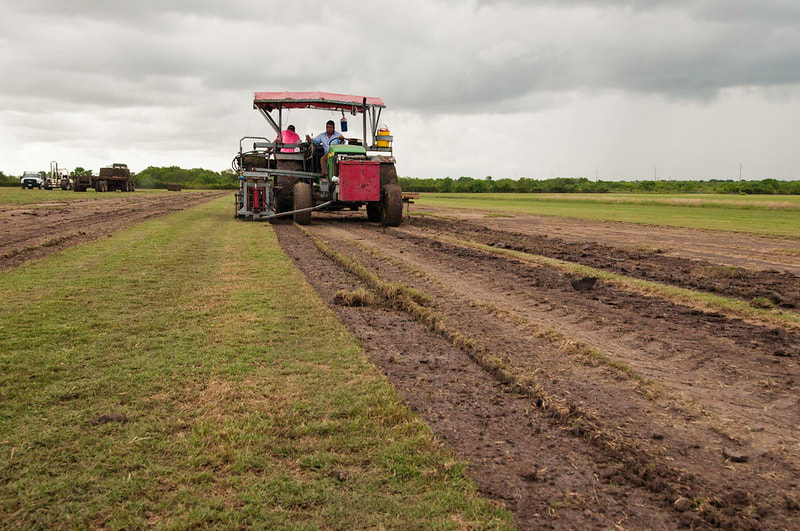|
Our heavenly Father is a gardener. From the beginning of Scripture, we see that He placed the first human in a garden and charged them with caring for the plants. Throughout the rest of the Bible, God's creation is described in terms that would be particularly familiar with those who garden. The prophet Isaiah tells us, "For as the soil makes the sprout come up and a garden causes seeds to grow, so the Sovereign Lord will make righteousness and praise spring up before all nations." (Isaiah 61:11) God's desires for us to reap a harvest that ultimately points to His goodness and generosity. This is expressed in 2 Corinthians 9:10-11. "This generous God who supplies abundant seed for the farmer, which becomes bread for our meals, is even more extravagant toward you. First, He supplies every need, plus more. Then He multiplies the seed as you sow it, so that the harvest of your generosity will grow, you will be abundantly enriched in every way as you give generously on every occasion, for when we take your gifts to those in need, it causes many to give thanks to God." (TPT)
All of this I have been contemplating as I have watched the local sod farmer readying his fields for grass seed. The preparation of a "bed" for seed is detailed and time consuming if the farmer wants a high quality and valuable sod harvest. Initially, any weeds that are growing in the soil must be killed and raked up. The soil bed is smoothed and leveled before lime and fertilizer are added to it. Proper acidity or pH should be 6 to 7.5. Since the soil in our area tends to be acid in nature, lime brings it back to the right range for healthy seed germination. The soil is then disked or plowed three or four times to a depth of four to eight inches. Our local field is composed of well drained, silty loam, ideal for growing seed. Before the seed is planted, the field is smoothed out with a roller. Ideal planting time is late summer or early fall, as the temperatures are cooling down and natural rains are more frequent. A combination of Kentucky bluegrass and fescue are planted because there is increased strength in the mix, and it is more disease resistant. The ideal way to apply seed is in two different directions so that the farmer avoids empty spots. These days a biodegradable netting may be placed on the top of the seed to keep the young shoots from being dislodged. As the seed germinates, the farmer may fertilize again and will water it according to its need. It usually takes six months to one year for sod to mature. All during the growing season, the farmer will mow the turf regularly to keep it dense. When it is mature, the sod will be harvested by a machine that not only cuts it into layable pieces but places it in rolls on pallets. The Bible explains that we are God's seed and also His seed bed. God plants His seed to produce a harvest that gives Him glory. He tends to us, adding whatever we need to grow an ideal crop that will feed the nations. I love how Peter expresses this: "For through the eternal and living Word of God you have been born again. And this 'seed' that He planted within you can never be destroyed but will live and grow inside of you forever...The Word of the Lord endures forever!" (1 Peter 1:23,25 - TPT) Remember that we are the field for God's seed and the seed of God that grows forever. How do we become a field that is abundant for the glory of the Lord and that produces valuable seed? We must remove the weeds that are ever present, trying to take over the good seed. We must fertilize ourselves with the eternal Word of God that lives forever. We must allow Him to sow His will into our wills. Then, get ready to produce a harvest. |
Joan E. MathiasCategories
All
Archives
July 2024
|

 RSS Feed
RSS Feed